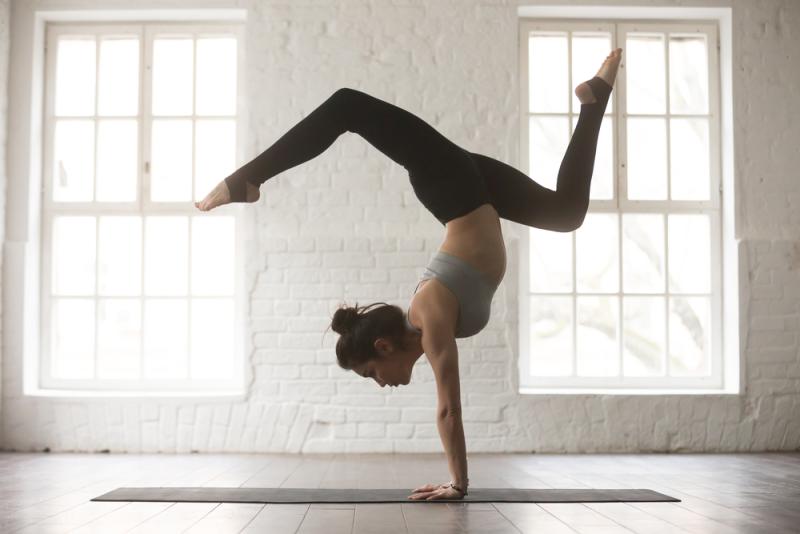Searching for Success in Activewear: Insights From PUMA, J.Crew, Barneys + ADAY
When PUMA finally expanded its athleisure offering into plus sizes with an exclusive ASOS launch earlier this year, the exact opposite of what they were expecting happened: the average customer age dropped. That’s because there was only one woman in the room when the big decisions are being made, says director of merchandising Donna Martin, speaking at EDITED’s Editions event program in New York City.
Despite the activewear craze that’s taking over wallet share from other apparel categories, the path to success in the space hasn’t necessarily been easy for big-name brands. J.Crew, for example, tried to bring its “active” interpretation to swim, with a focus on more technical fabrics, but “that didn’t really take off,” says senior merchant Claire Elliott. “Our swim customer is more of our classic feminine customer. And our active customer is separate.”
What’s more, the long lead times currently built in for activewear can be a hinderance in capturing trends. “You plan a year in advance and say ‘we’re going to drop this product in June,’ but then every girl in my gym in wearing tie-front tops, and how do you react to that trend when you didn't plan for that?” says Elliott.
Martin says that athleisure’s popularity is forcing new conversations with retail accounts. “There’s a discussion of where your brand sits in the store,” she explains. “Buyers are questioning if it belongs in the athletic section or somewhere else.”
When she arrived at PUMA three years ago, Martin says she found that retailers were already changing their buying approach. “They’d say, ‘we’re not buying all of our autumn/winter right now.’ They were holding some of that open to buy, to be able to react to some of the new, exciting products that consumers are looking for,” she explains. “We’re reacting to consumers’ desire for more freshness in the market.
“Because of the challenges in retail in general, it was a wakeup call that we need to do something different,” she continues. Online, it’s quick and easy to add in new products that seize upon of-the-moment trends. “What can we do to mirror that ease of reaching the consumer in the brick-and-mortar space?”
Barneys New York’s senior executive buyer Morgan Richardson points to new weather patterns and unpredictability as aiding the consumer love of all things athleisure. “Global warming and climate change are factors in ‘see now, buy now,’” she says. When the customer doesn’t know if winter will be long and snowy or brief and mild, why not focus on shopping for the here and now? Activewear’s “seasonlessness” is a big driver, she add, as consumers can wear leggings and layer athleisure pieces year round.
Nina Faulhaber, co-founder of startup ADAY, resists the “athleisure” label for her brand of elevated, performance-infused staples. Launched online in 2015 with seven core pieces including leggings and tees, ADAY has a new bestseller: its Technical Tailored dress shirt that’s machine washable. “It’s technical but you wouldn’t work out in it,” explains the former Goldman Sachs analyst. “All that matters is the performance benefits. Our customer isn’t concerned about knowing the details on all the features.” And her customers, she says, have always understood that the brand isn’t really just about athleisure.
Sourcing high-quality fabrics from mills that invest in R&D and sustainability, ADAY brings that message to consumers increasingly interested in both quality and social responsibility. “We subscribe to slow fashion, and we’re able to do that as a younger brand,” Faulhaber says. “We don’t want consumers knocking on our door asking for newness. We launched products on our own schedule.”
And for now the brand’s price points — the Technical Tailored dress shirt is $125, for example — don’t stop younger more budget-conscious Millennials from purchasing. “They think more about investment pieces and will on average buy one or two items,” she explains. “Older customers will often have an $800 basket size.”
The definition of luxury is really now about “ease and comfort”, says Richardson, and being able to look chic and be comfortable in track pants is “empowering for women.”
Faulhaber agrees. “Our mission is to create the clothing of the future.”


